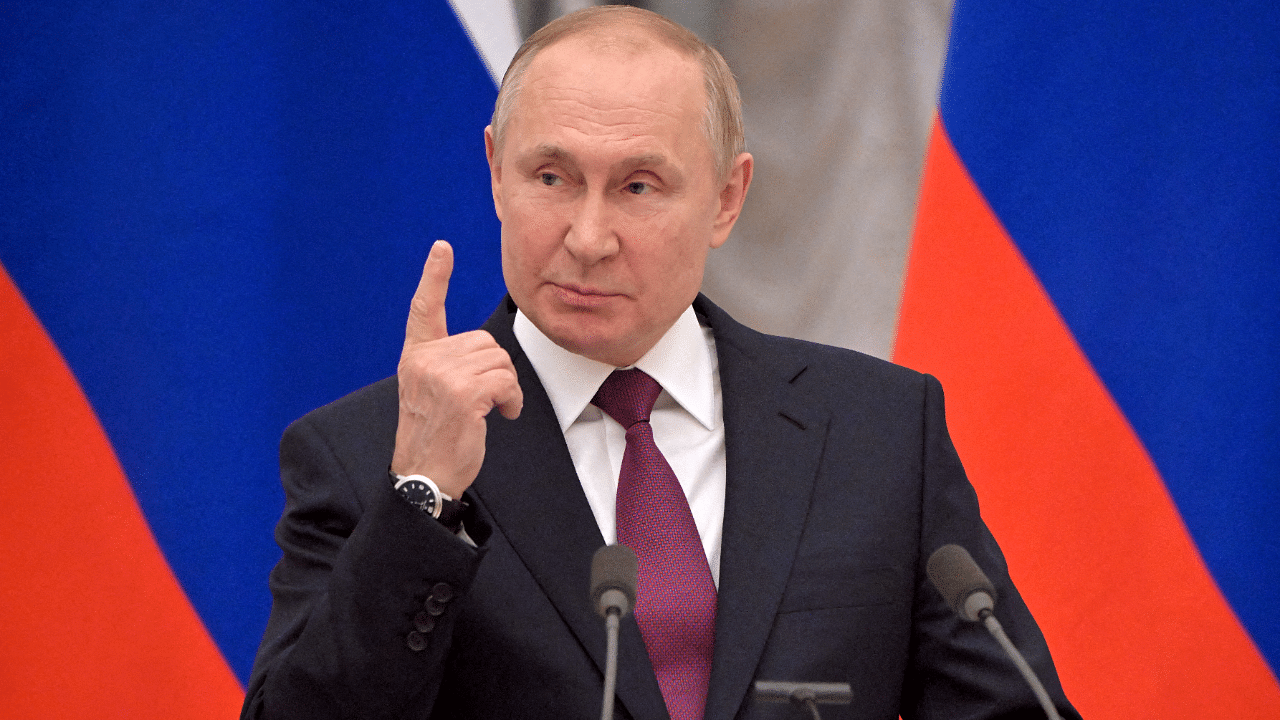
Russian President Vladimir Putin has recognised the independence of the breakaway Donbas region located in southeastern Ukraine, ratcheting up tensions in the ongoing conflict and infuriating the West. Donbas, short for Donets Basin, is known as the mining belt of Ukraine and holds enormous geostrategic importance. Here's a lowdown on why Russia is recognising it and what it means for the ongoing Ukraine conflict:
How and when did Donbas separate from Ukraine?
In February 2014, the pro-Russia Ukrainian government led by President Viktor Yanukovych fell following the popular uprising known as the Maidan Revolution. The uprising was a referendum of sorts against Russia and had deeply angered Kremlin because it lost its clout in Ukraine. In retaliation, Russia invaded and annexed Crimea, a strategic peninsula in the Black Sea, in February and March. Then in April, pro-Russia protests broke out in Donbas where a majority of the people speak Russian and have cultural and social relations with it. This eventually resulted in two pro-Russia rebel groups taking control of Donetsk and Luhansk territories in Donbas following a war that's claimed more than 14,000 lives and is still going on.
Has the world recognised Donetsk and Luhansk?
No. Donetsk and Luhansk, along with Crimea, are still considered parts of Ukraine. In 2014, Ukraine, Russia and the Organisation for Security and Cooperation in Europe (OSCE) reached an agreement following talks in Minsk, the capital of Belarus. Called the Minsk Protocol, the agreement was aimed at ensuring a ceasefire in Donbas and providing a basis for any future settlement of Donetsk and Luhansk. But the agreement has failed to achieve its objectives, prolonging the conflict.
What's Donbas got to do with the ongoing Ukraine conflict?
The Russian recognition of Donbas changes little on the ground because the region is already held by rebel groups. But since the decision has come amid the ongoing standoff where nearly 1.5 lakh Russian troops are stationed around Ukraine, it's got an oversized reaction from the West. That's not all. Russia is also sending troops to Donbas to "maintain peace". Things may go out of hand if Russia sends troops beyond the rebel-held areas.
Will Russia really invade Ukraine?
The only person who can probably answer this question is Putin. More than Russia, it's the West that seems certain that Kremlin will invade Ukraine. Even Ukrainian President Volodymyr Zelenskyy and the people of that country do not really think Russia will invade Ukraine. The fact, however, remains that Russian soldiers have surrounded Ukraine from several sides: in Crimea, in Donbas, along the Russia-Ukraine border, in Belarus (which is friendly with Russia) and in Transnistria, a breakaway region in Moldova on Ukraine's southwestern border. But the Donbas recognition signals that Russia may not want an imminent war.
Isn't Russia afraid of western sanctions?
The US, the UK, France and other western powers have announced economic sanctions on Russia following its recognition of Donetsk and Luhansk but Kremlin is unfazed. Recognising the two regions is a calculated risk. Russia feels it can withstand the western sanctions. And remember, the sanctions aren't one-way traffic. Russia can and will impose sanctions on the West. Russia is European Union's fifth-largest trading partner and its biggest energy supplier.
Watch the latest DH Videos here: